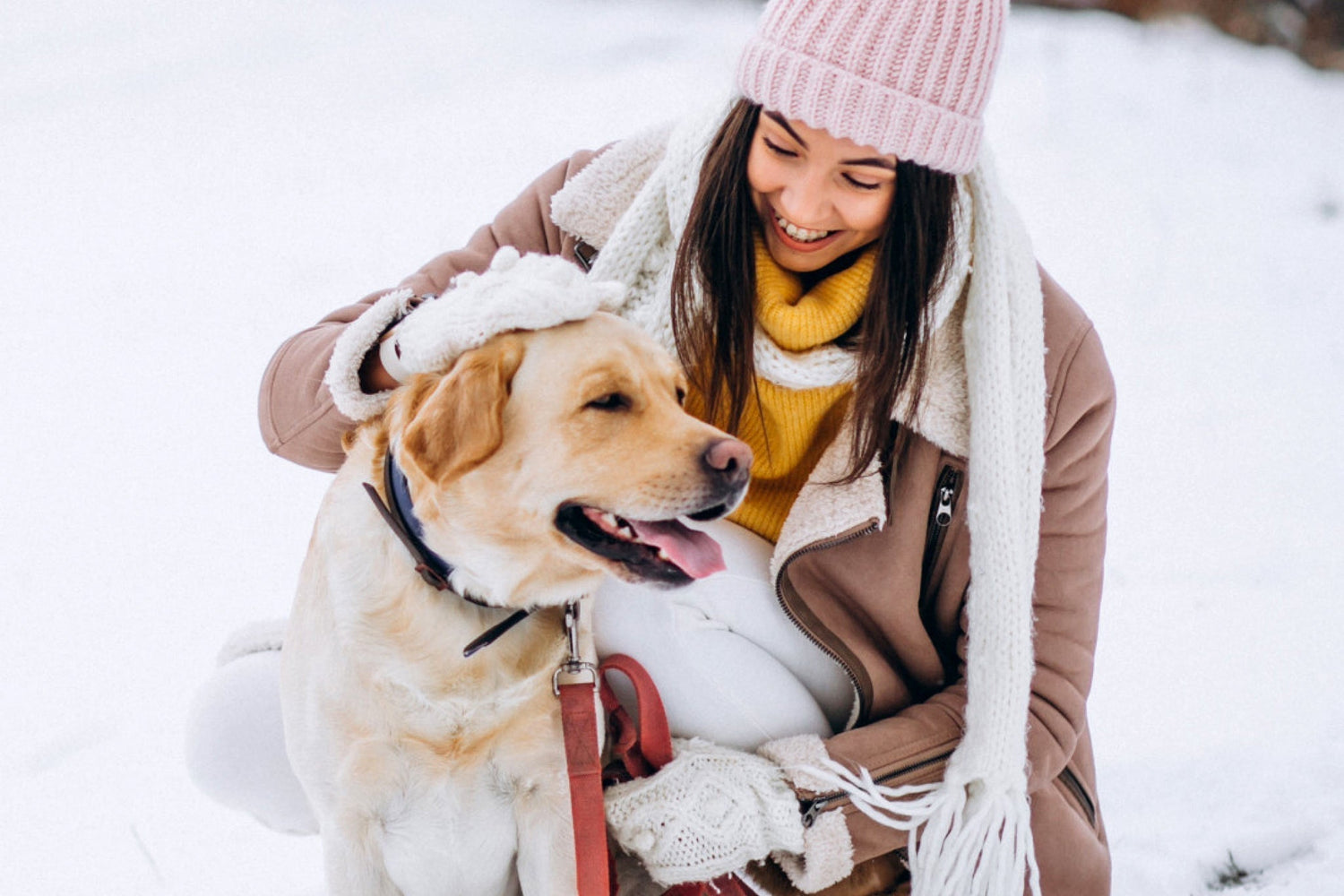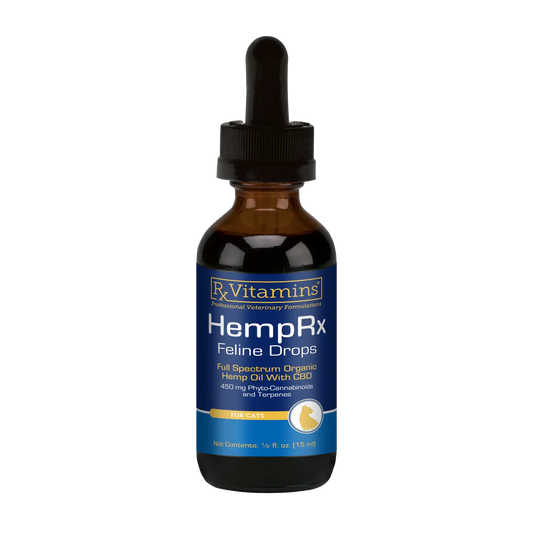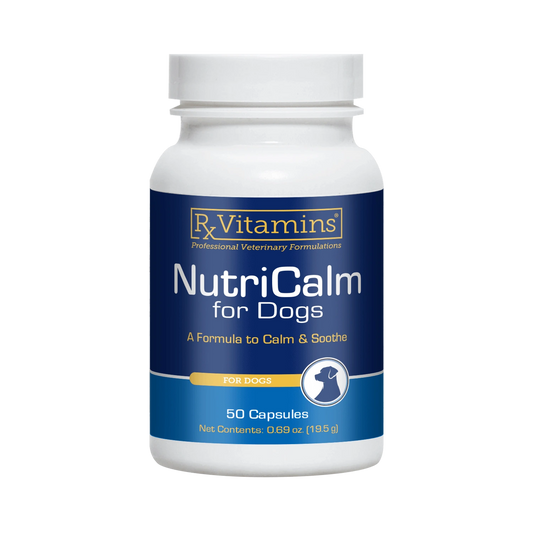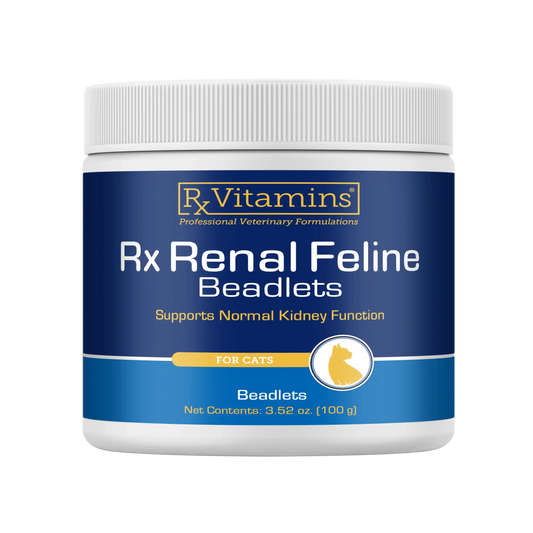Winter has officially arrived and, for many parts of the world, the season is accompanied with colder temperatures, darker days, snow and ice. Some dogs love zooming through the snow and walking in cooler temps, while others would prefer to never leave the house until the first signs of spring. Wherever your pup lands on the spectrum, there are certain considerations that must be taken into account when caring for your dog through the next few months. Read on for my winter dog tips!
Diet Considerations
We often see dogs gain a little extra weight during the winter months, and this is because people and animals naturally retreat during the often frigid temperatures of winter as a result of shorter days, less adventure time under the sun, and simply protecting ourselves from the harsh elements of the season. For this reason, chances are high that you and your dog are less active too.
As your dog consistently burns less calories, diet may need to be considered and modified to reflect these changes. If your dog hikes 14’ers every weekend during the summer months but prefers Netflix and naps December through March, they won’t need the same amount of food at each meal during their “off season”, so evaluating your dog's diet is high on the list of winter dog tips.
You can also refer to our step-by-step article to calculate how much food your dog needs.
Activity Adjustments
If your dog loves winter, you may not need to adjust much of their favorite outdoor activities at all! Depending on the health and interests of both you and your pup, as well as the climate you live in, it may be perfectly reasonable to continue on with regular walks, runs, hikes or other outdoor activities with your pup.
If this is not the case for you and your dog, and the reality is that you will be slowing down for the future months ahead, it’s important to consider how you will accommodate these adjustments. You can try incorporating some of the winter dog tips for keeping active below!
Depending on your dog’s needs, a few winter activity adjustments may include:
- Incorporate food puzzles. Mental stimulation can be just as important as physical stimulation. Helping your dog to engage in problem solving can alleviate boredom and other mental health conditions. Food puzzles such as this one are a great and easy way to incorporate mental stimulation into meal or snack time!
- Nose work. If you're not a trainer or dog training enthusiast, the idea of introducing your dog to nose work may feel intimidating. Give it a try! It’s so easy, and many dogs love this activity!
- Continue your walk! Even if your walks are shorter, at different times of the day, or cut in number, try your hardest to continue walking with your dog! Dogs thrive on schedules and consistency. We can’t (and won’t) always get it right, but we can try!
Apparel Needs
Depending on your pup’s size, mobility status, and the climate in which you live, many winter days are quite manageable. This is particularly true for the healthy and middle-sized dog. A lot of “bad weather” can be remedied simply with the right equipment and gear.
Here are a few winter dog tips for supporting your dog using apparel:
- Jacket. If your dog is small, thin coated, or just sensitive to the cold, a jacket is going to be the number one game-changer. Ruffwear is one of the many reputable brands with an excellent line of quality dog jackets.
- Booties. Dog boots can be important in icy or cold temps. They protect your pup’s paws, add traction, and prevent contact with products like deicers. Ruffwear also makes a great line of boots.
- Paw Wax. When boots aren’t necessary, a quality paw wax can protect your dog’s paw from the elements and keep ice or snow from sticking. My favorite is Musher’s Wax.
Beyond apparel, it’s also important to take a few proactive steps to ensure the winter-proofing products and house items you and your community are using are safe for your dog.
Winter dog tips for safety include:
- Antifreeze. While propylene glycol-based antifreeze will be more pricey, it is far less toxic than ethylene glycol. Here’s one option.
- Deicer/Ice Melt. Deicing products can irritate paws. Ask your community to use pet-friendly deicer, or consider products like this one.
- Plants. Poinsettias, lilies, and mistletoe are toxic to pets. If ingestion occurs, contact the Pet Poison Helpline right away.
Senior Dog Support
Senior dogs are a pet demographic that typically have a harder time during the cold and winter months.
Your senior pup may struggle through the winter months because:
- Mobility. Navigating ice or snow is harder for older dogs with arthritis, stiffness, or muscle weakness.
- Body temperature. Seniors regulate body temperature poorly, so they get cold faster.
- Discomfort. Cold temps and less movement cause stiffness and joint pain.
A few supportive steps you can take for your senior include:
- Outdoor apparel. Jackets and booties will be extra critical for seniors.
- Heated bed and sweaters. A thin sweater indoors and heated beds can keep them warm and ease arthritis discomfort.
- Bodywork. Consider acupuncture, massage, or chiropractic care to support comfort and mobility.
Winter is important! It helps us remember to slow down and go inward, and yet it may prove to be challenging for both you and your dog. Small adjustments can help soften harsh aspects of the season while keeping your pup safer and more comfortable. Don’t forget to enjoy the fun aspects of winter while you incorporate some of these tips!
Happy Winter!










